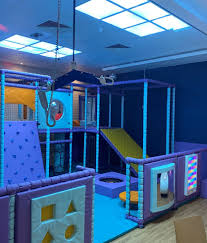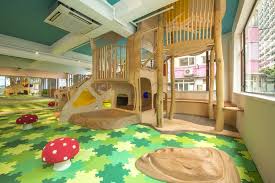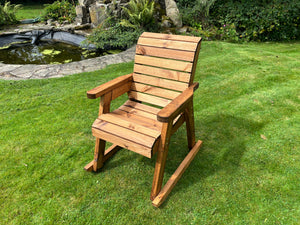
Discover the Magic of a Soft Play Sensory Room for Children’s Development
Exploring the Benefits of Soft Play Sensory Rooms for Children
Soft play sensory rooms are specially designed spaces that provide a multi-sensory experience for children. These rooms are equipped with various elements such as soft play equipment, interactive lighting, soothing sounds, and tactile materials to engage children’s senses and promote exploration.
One of the key benefits of soft play sensory rooms is their ability to support children’s development. The interactive nature of these spaces helps children improve their sensory processing skills, fine motor skills, and hand-eye coordination. By engaging with different textures, colours, and sounds, children can enhance their cognitive abilities in a fun and stimulating environment.
Soft play sensory rooms are also beneficial for children with sensory processing disorders or special needs. These rooms provide a safe and calming space where children can regulate their sensory input and feel more comfortable exploring their surroundings. The gentle lighting and soothing sounds in these rooms can help reduce anxiety and promote relaxation.
Furthermore, soft play sensory rooms encourage social interaction among children. By sharing the space and engaging in play activities together, children can develop important social skills such as turn-taking, cooperation, and communication. These rooms provide a supportive environment where children can build friendships and learn to interact with others in a positive way.
In addition to supporting development and socialisation, soft play sensory rooms offer a fun and enjoyable experience for children of all ages. The colourful surroundings, interactive features, and soft play equipment create an exciting atmosphere where children can let their imagination run wild and have endless hours of entertainment.
In conclusion, soft play sensory rooms are valuable spaces that provide numerous benefits for children’s development, well-being, and enjoyment. Whether used for therapeutic purposes or simply as a recreational area, these rooms offer a unique opportunity for children to explore their senses, engage in play-based learning activities, and create lasting memories.
Understanding Sensory Rooms: Key Questions and Guidelines for Soft Play Spaces
- What is a sensory play room?
- What are the rules for using a sensory room?
- What is sensory soft play?
- How to make a sensory room?
What is a sensory play room?
A sensory play room is a specially designed space that offers a stimulating and interactive environment for children to engage their senses. These rooms are equipped with various sensory elements such as soft textures, vibrant colours, soothing sounds, and interactive lighting to create a multi-sensory experience. Children can explore and play in a safe and supportive setting that encourages sensory exploration, creativity, and learning. Sensory play rooms are beneficial for children’s development as they help improve sensory processing skills, fine motor skills, and cognitive abilities through hands-on experiences. Overall, a sensory play room provides a fun and enriching environment where children can discover, learn, and grow through engaging their senses.
What are the rules for using a sensory room?
When it comes to using a sensory room, it’s important to understand and follow the rules to ensure a safe and enjoyable experience for all users. Some common rules for using a sensory room may include supervising children at all times, taking turns with equipment and activities, respecting others’ personal space, using indoor voices, and cleaning up after oneself. These rules are in place to promote a positive environment where everyone can benefit from the sensory stimulation and relaxation that the room provides. By adhering to these guidelines, users can make the most of their time in the sensory room while respecting the needs and boundaries of others.
What is sensory soft play?
Sensory soft play refers to a specially designed play environment that incorporates various sensory elements to engage children’s senses and promote exploration. These spaces are equipped with soft play equipment, interactive lighting, soothing sounds, and tactile materials to provide a multi-sensory experience for children. Sensory soft play is beneficial for children’s development as it helps improve sensory processing skills, fine motor skills, and hand-eye coordination. It also offers a safe and calming space for children with sensory processing disorders or special needs to regulate their sensory input and feel more comfortable while playing. Overall, sensory soft play is an innovative approach to creating inclusive and stimulating environments where children can learn, grow, and have fun.
How to make a sensory room?
Creating a sensory room for children can be a rewarding project that promotes their development and well-being. To make a sensory room, start by selecting a suitable space with enough room for various sensory activities. Consider incorporating elements such as soft play equipment, interactive lighting, tactile materials, and soothing sounds to engage children’s senses. Choose calming colours and comfortable seating to create a relaxing atmosphere. It’s important to ensure safety in the room by using soft padding on floors and walls, securing equipment properly, and removing any potential hazards. Finally, personalise the sensory room based on the specific needs and preferences of the children who will be using it, making it a welcoming and inclusive space for all.



